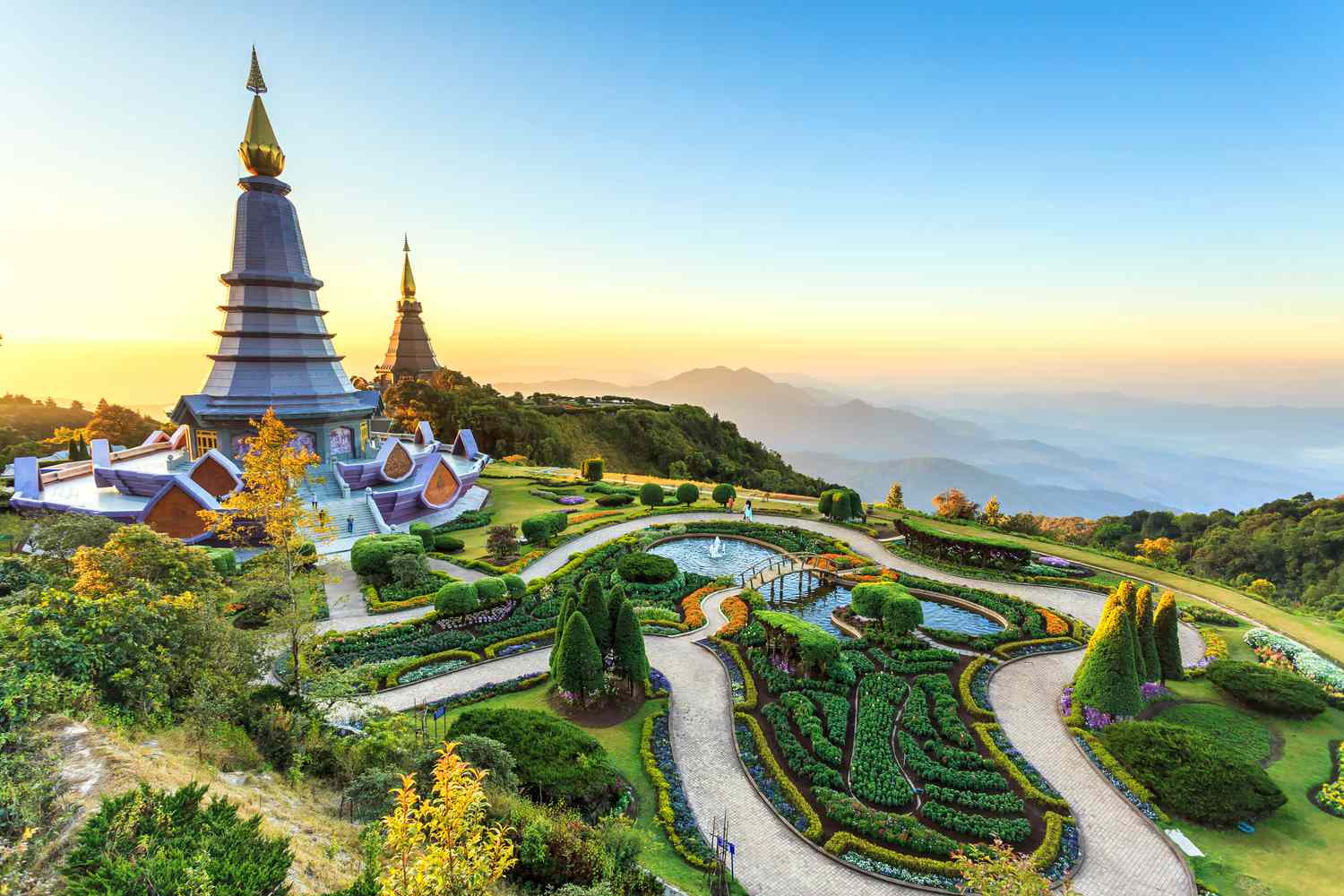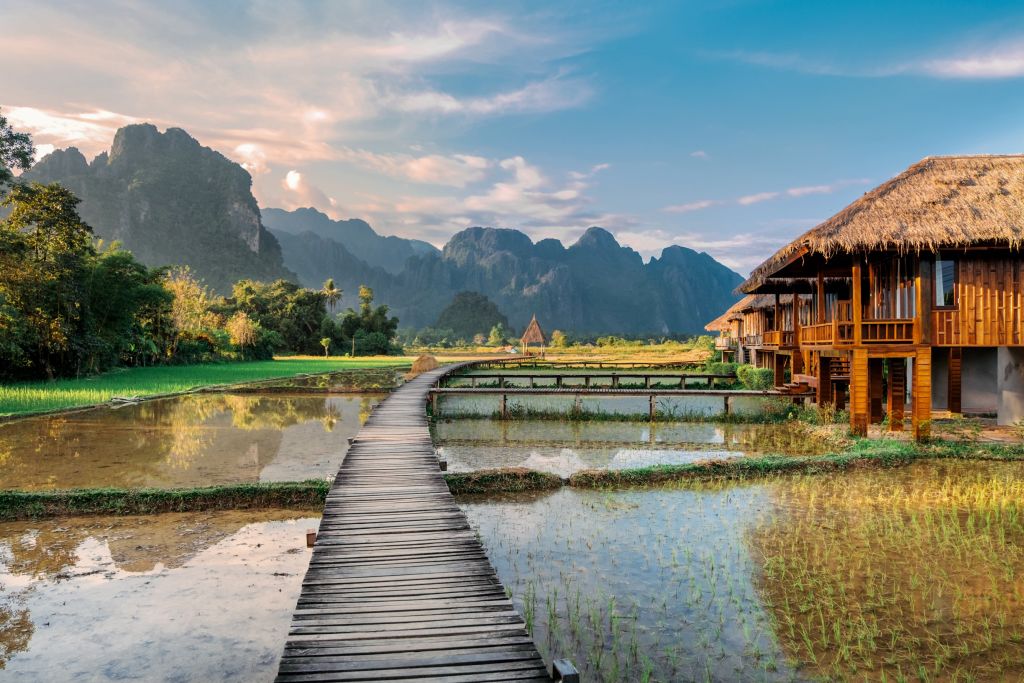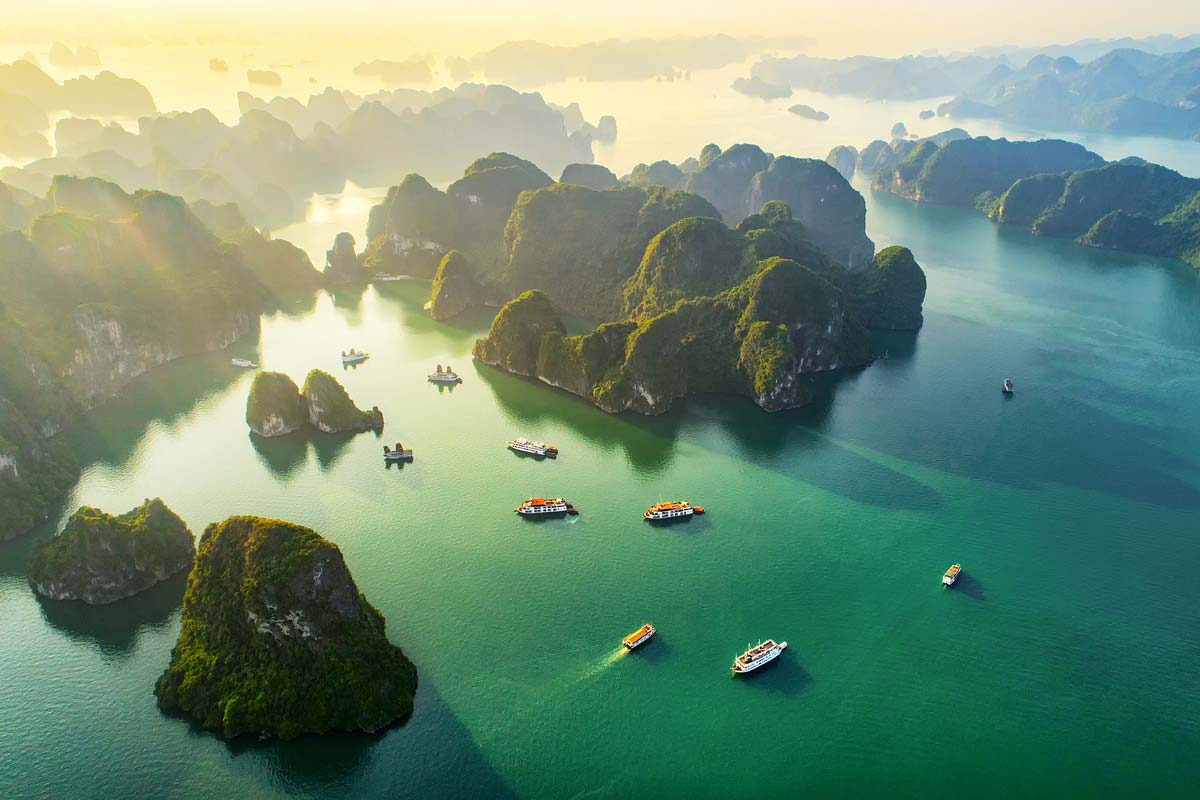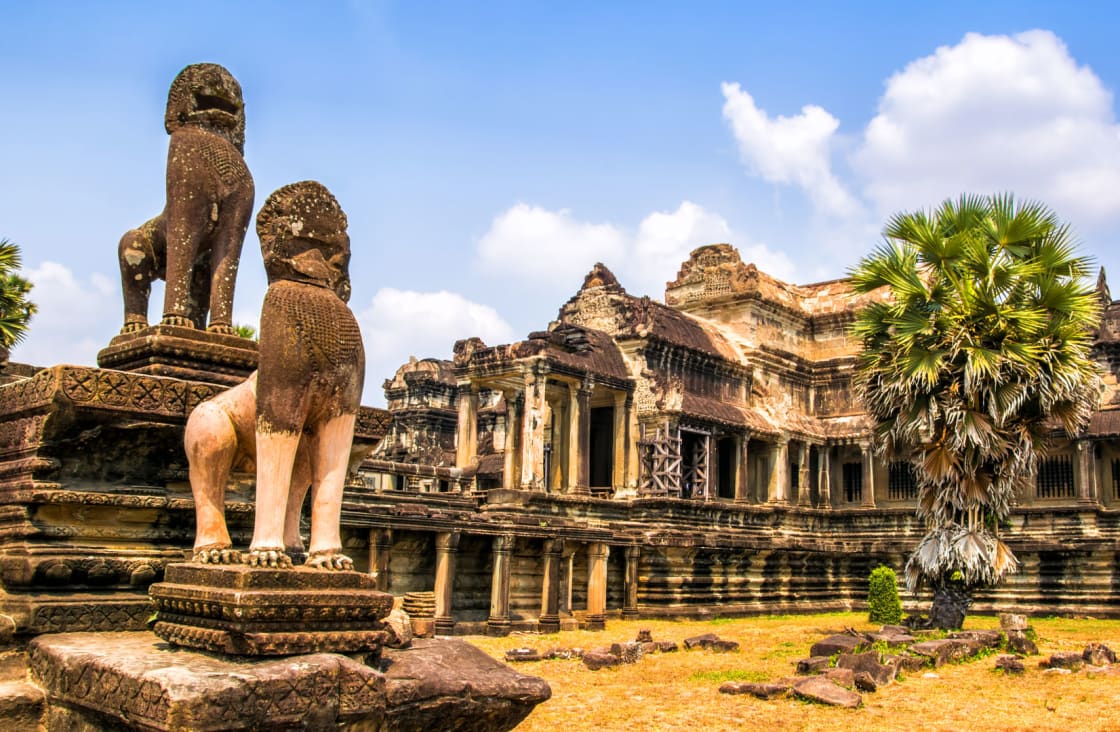Best Time To Visit Viet Nam
21-08-2024
Vietnam, with its diverse culture and captivating landscapes, invites travelers to explore its historic treasures and vibrant traditions. Key to your journey: choosing the best time to visit.
This blog serves as an impartial guide to help travelers identify the best time for their Vietnamese adventure. Whether you’re looking for cultural enrichment, outdoor activities, or a break from daily life, we aim to provide the insights needed for informed decisions. Discover Vietnam's splendors, from vibrant traditions and historic treasures to breathtaking landscapes. Whatever your travel goals, we are here to assist you in experiencing the beauty and diversity of this captivating Southeast Asian destination. Let us guide you on your journey to explore Vietnam.
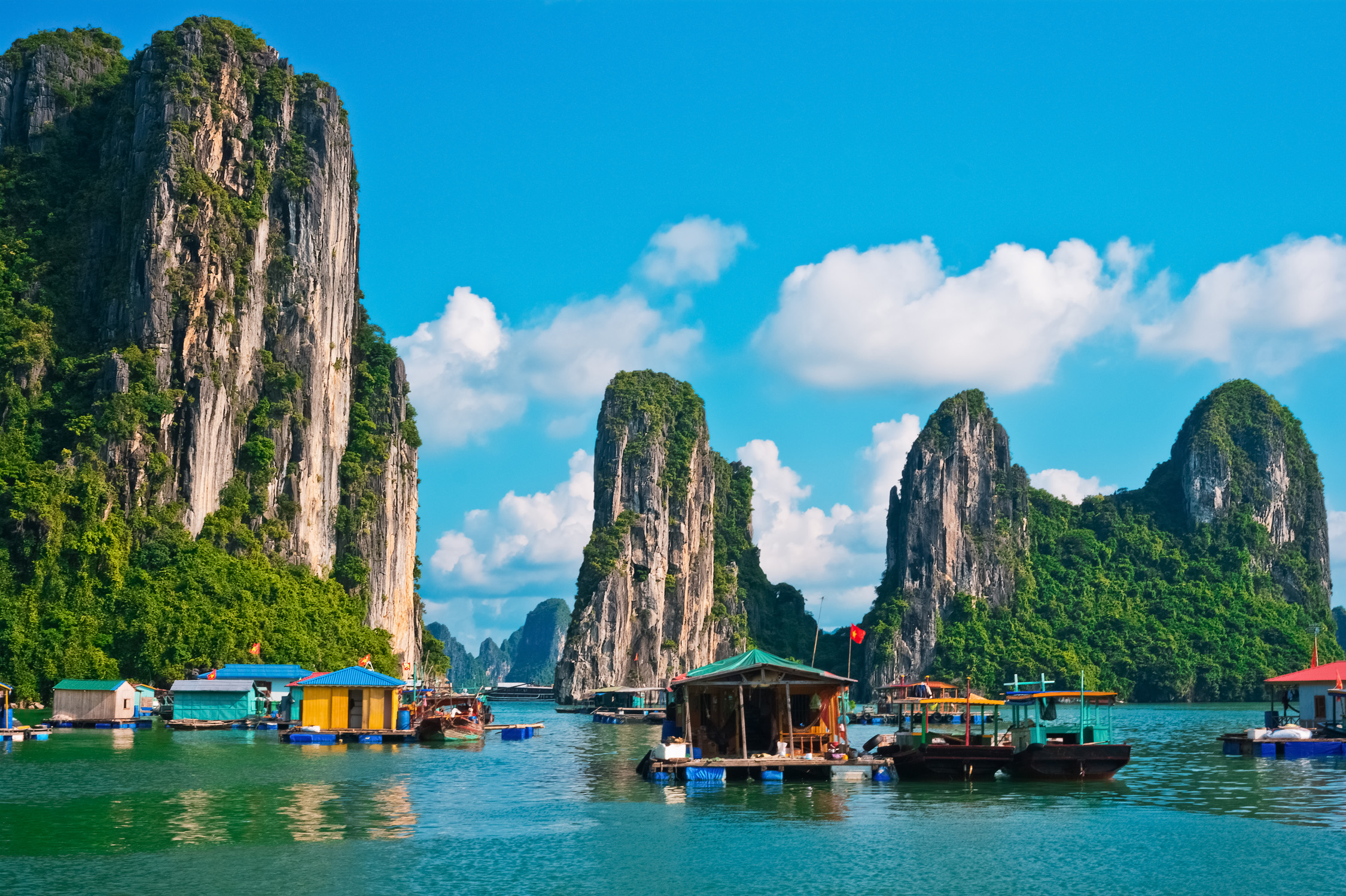
Understanding Vietnam's diverse climate is essential for planning your trip, as it varies significantly from the rugged north to the tropical south, creating distinct seasons across different regions. Each season offers unique experiences that can significantly impact your travel plans and overall enjoyment of the country's attractions.
June and July are peak months in Vietnam, bustling with activity. Airports are bustling, and flights, especially within Southeast Asia, are in high demand. Accommodation prices surge during this period, and availability can be limited without advance booking. Despite the crowds and higher costs, this season promises lively festivals, sunny skies perfect for exploring outdoor attractions like Halong Bay's limestone karsts or trekking in Sapa's terraced rice fields.
September and October offer a tranquil escape with fewer tourists, providing an intimate opportunity to explore Vietnam's cultural and natural wonders. The weather remains pleasant with occasional rain showers, enhancing the lush greenery of places like Ninh Binh and Mai Chau. This period offers budget-friendly accommodations and activities, making it ideal for travelers seeking a quieter, more authentic experience away from the peak tourist influx.
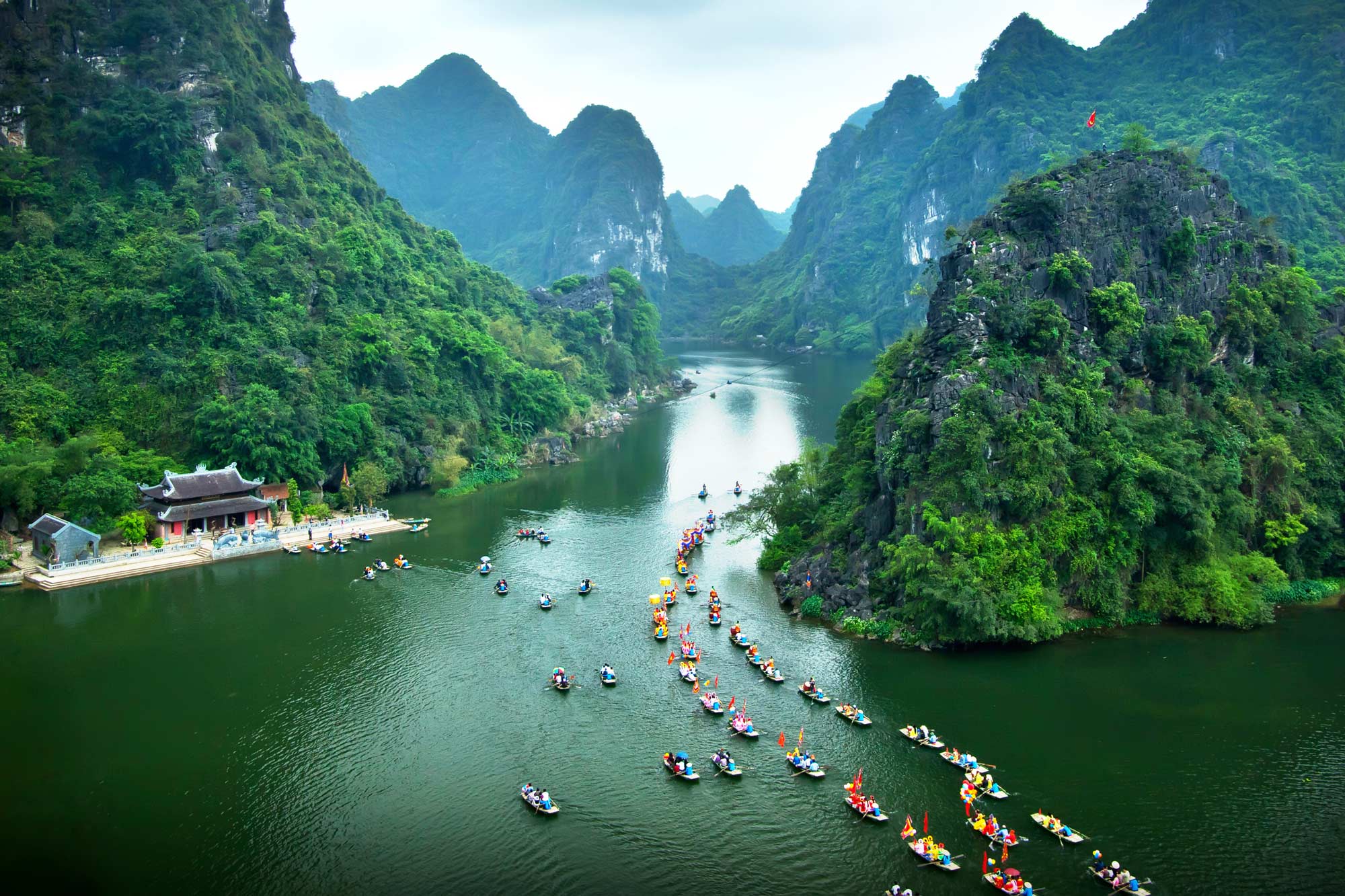
Vietnam's rainy season, spanning from April to October, reveals the country's natural beauty in a different light. While rainfall is frequent, especially from July to September, it brings a rejuvenation to the landscapes, turning rice terraces vibrant green and swelling rivers and waterfalls to their fullest. This period allows for deeper cultural immersion as tourist crowds thin out, offering opportunities to explore destinations like Hue's imperial citadel or the rural charms of the Mekong Delta at a leisurely pace and reduced cost.
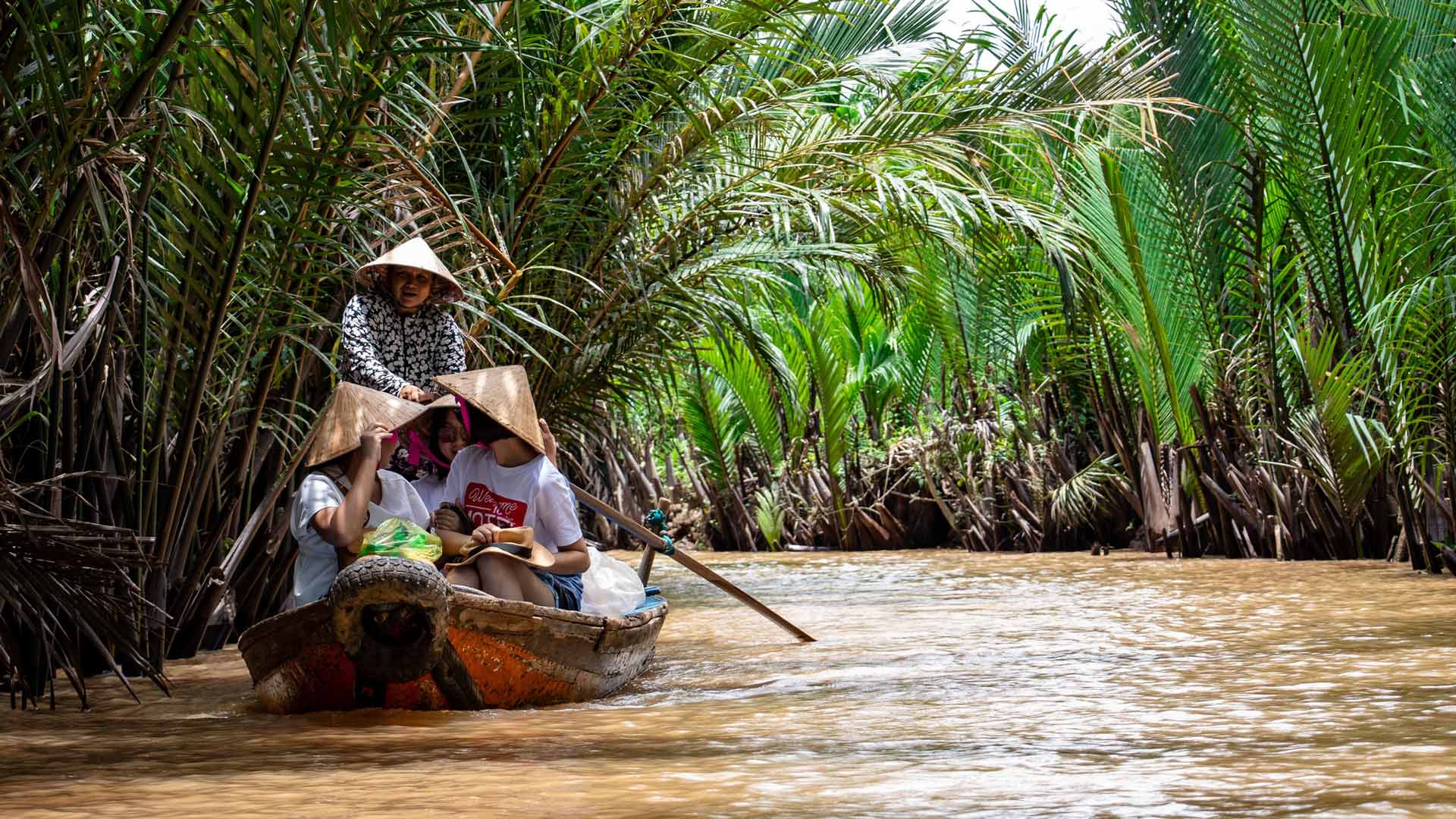
Typhoon season poses some risks, primarily affecting coastal areas and islands like Phu Quoc. However, diligent weather monitoring and flexibility in travel plans can mitigate these risks, ensuring a safe and enjoyable journey. Travelers can still experience the beauty of Southern Vietnam's dry season from November to April, characterized by clear skies and ideal conditions for beach activities in destinations like Mui Ne and Phu Quoc.
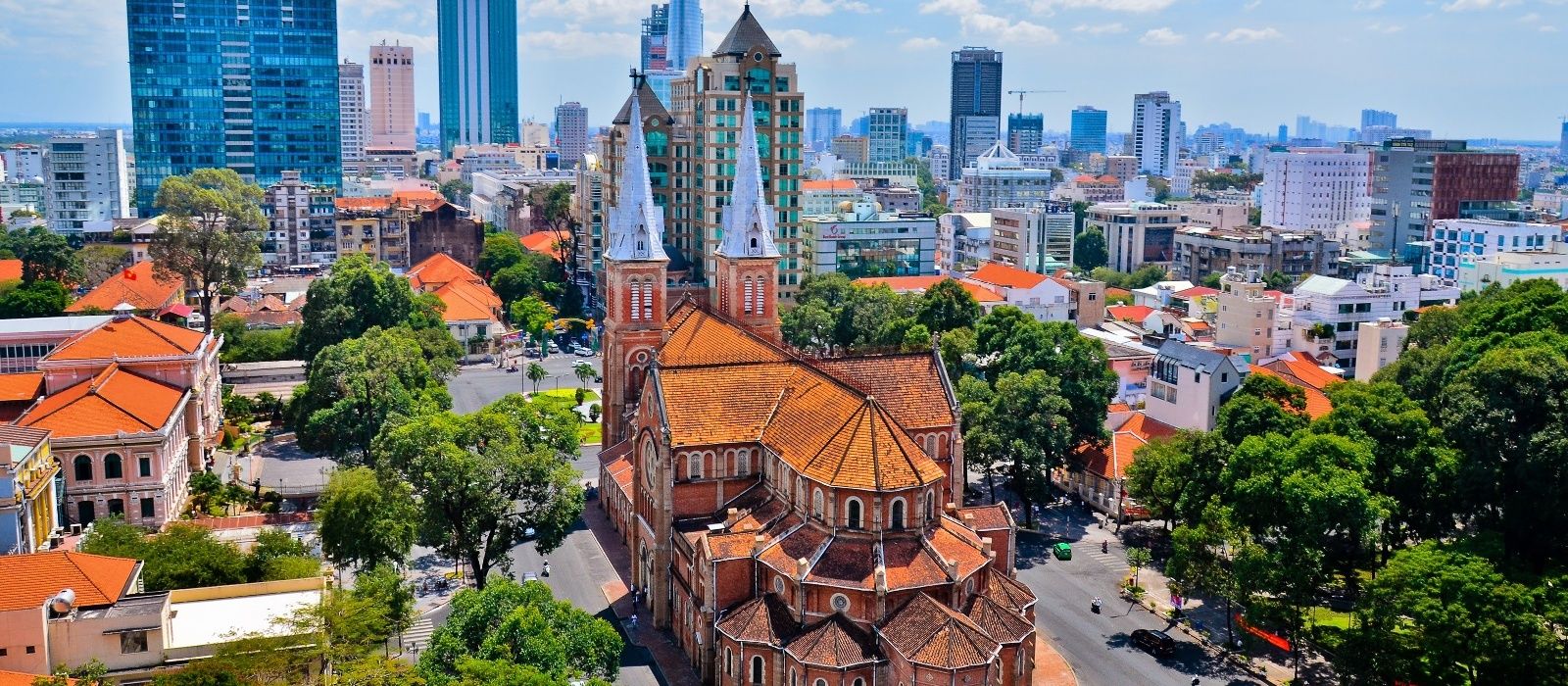
Vietnam's stunning landscapes and rich culture are intricately linked to its diverse climate, which varies significantly across different regions. From the bustling capital of Hanoi in the north to the lively metropolis of Ho Chi Minh City in the south, each area has distinct weather patterns that shape the travel experience.
This guide explores Vietnam's weather across its northern, central, and southern regions. Understanding these weather variations is essential for packing appropriately and planning an itinerary that aligns with the local climate, ensuring an unforgettable journey through this captivating country.
Northern Vietnam, which includes the historic capital Hanoi, the UNESCO World Heritage site Halong Bay, the picturesque Ninh Binh, and the mountainous retreats of Sapa and Mai Chau, reveals its charm through contrasting winter and summer seasons. The dry winter months, spanning from November to April, offer mild temperatures ranging from 17-22°C, creating ideal conditions for exploring Hanoi's ancient temples and French colonial architecture. Halong Bay's limestone karsts glisten under clear skies, inviting travelers to cruise its emerald waters or kayak among the dramatic cliffs. In Sapa, the cool, dry weather unveils terraced rice fields adorned with vibrant green hues, perfect for trekking and cultural encounters with local ethnic minorities.
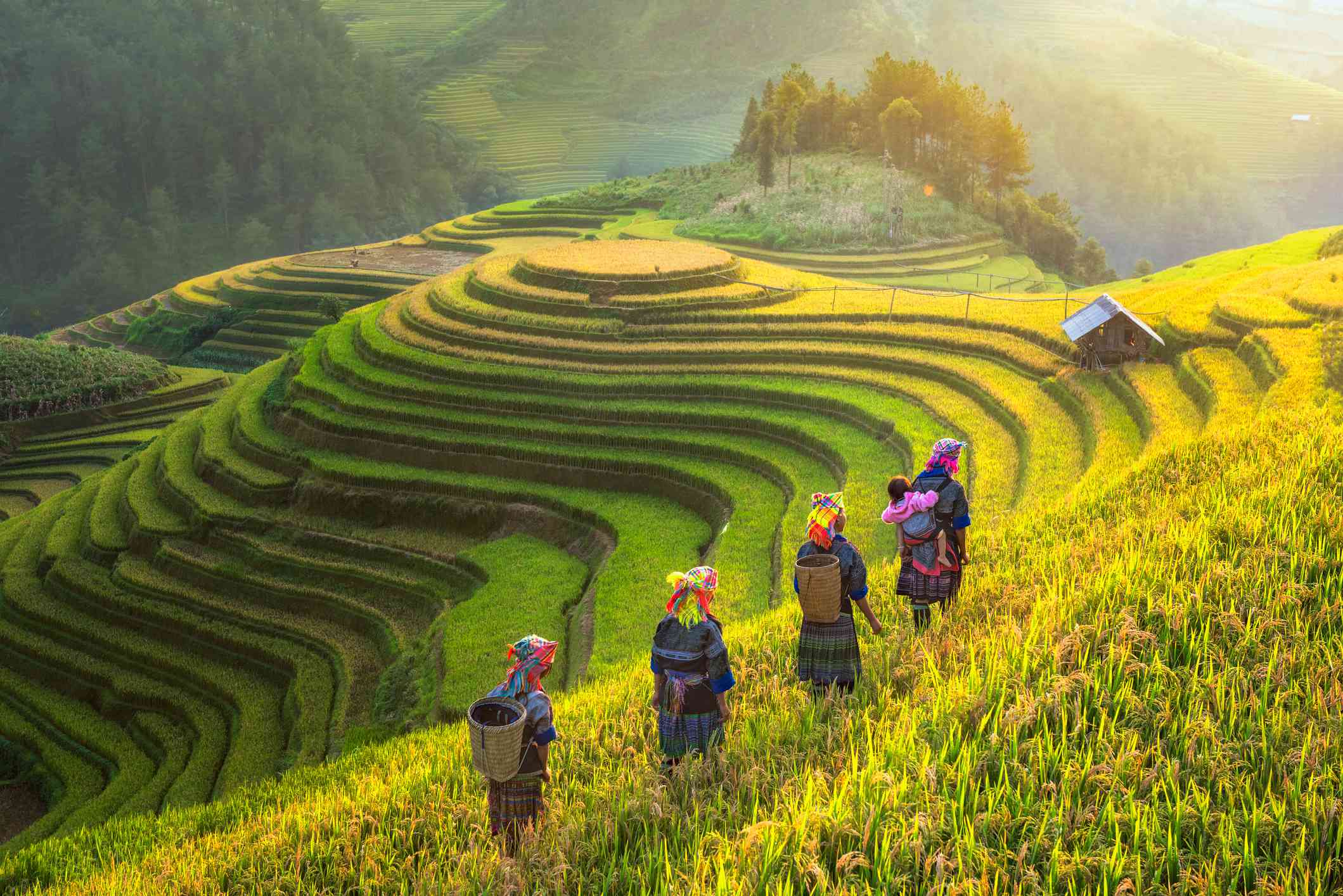
As April approaches, Northern Vietnam transitions into its rainy season, lasting until October and peaking between July and September. While the occasional downpour may disrupt outdoor activities, this period transforms the landscape into a lush green paradise. Mai Chau and Ninh Binh's rice paddies flourish under the rain, offering tranquil settings for exploring caves, temples, and rural villages amidst serene landscapes. The rainy season presents a quieter, more introspective side of Northern Vietnam, ideal for travelers seeking authentic cultural experiences away from the peak tourist crowds.
Central Vietnam, renowned for its UNESCO-listed ancient town of Hoi An, the vibrant city of Da Nang, and the former imperial capital Hue, experiences a tropical monsoon climate characterized by distinct dry and rainy seasons. From February to August, the region enjoys warm, dry weather with temperatures often reaching the mid-30s Celsius. This period, known as the high season, is perfect for exploring Hoi An's lantern-lit streets, adorned with centuries-old merchant houses and bustling with local markets. Da Nang's pristine beaches beckon sun-seekers, while the nearby Marble Mountains provide scenic hiking trails and panoramic views of the coastline.
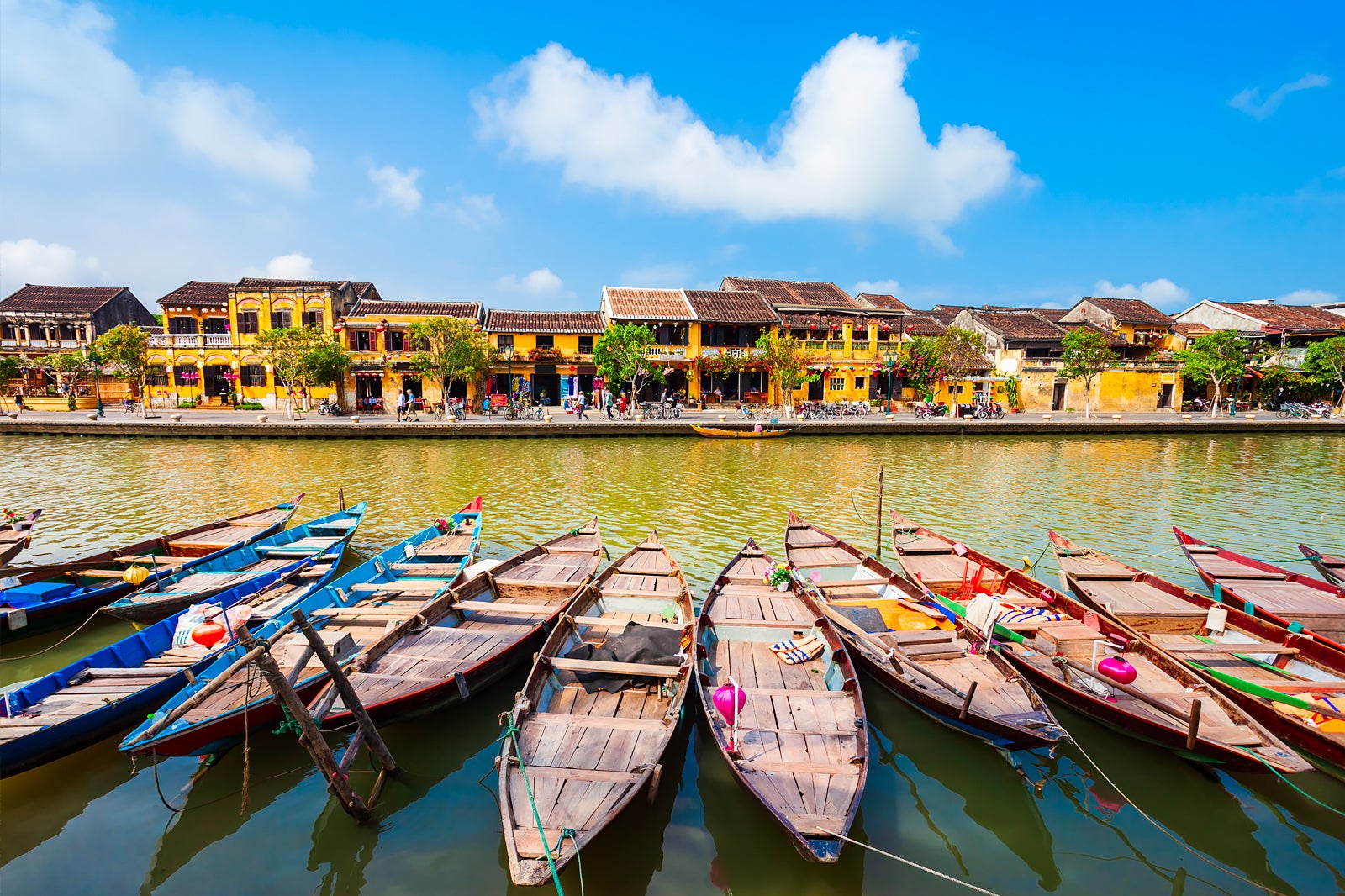
From September to January, Central Vietnam transitions into its rainy season, bringing refreshing showers that rejuvenate the landscape and reduce tourist numbers. Hue's imperial citadel and royal tombs are surrounded by lush greenery, offering a tranquil backdrop for cultural exploration. Hoi An's ancient town, draped in foliage and illuminated by traditional lanterns, exudes a mystical charm during this quieter period, making it an ideal time for leisurely strolls and immersive cultural experiences with local artisans.
Southern Vietnam, encompassing Ho Chi Minh City, the vast Mekong Delta, the coastal town of Mui Ne, and the tropical paradise of Phu Quoc Island, experiences two distinct seasons: the dry season (November to April) and the wet season (May to early November). The dry season offers sunny days and comfortable temperatures, perfect for exploring Ho Chi Minh City's bustling markets, historical landmarks, and vibrant nightlife. Cruising the Mekong Delta's intricate network of canals reveals a tapestry of floating markets, lush orchards, and traditional villages, providing insights into rural Vietnamese life.

As the wet season arrives in May, Southern Vietnam experiences brief but intense afternoon showers that refresh the landscape and bring relief from the tropical heat. While outdoor activities may be interrupted, indoor cultural explorations, such as visiting museums or attending traditional performances, offer rewarding insights into the region's history and heritage. Mui Ne's sandy beaches and red sand dunes, sculpted by wind and water, provide a tranquil retreat during this quieter period, while Phu Quoc Island's turquoise waters and coral reefs remain accessible for diving and snorkeling adventures.
Choosing the best time to visit Vietnam hinges on personal preferences for weather, activities, and cultural experiences. Each season presents distinctive opportunities to explore Vietnam's diverse landscapes, delve into its rich cultural heritage, and immerse oneself in the vibrancy of its cities. Whether captivated by the misty mountains of Northern Vietnam, the ancient traditions of Central Vietnam, or the tropical allure of Southern Vietnam's beaches and islands, Vietnam guarantees an immersive and rewarding travel adventure year-round. By grasping these seasonal nuances and planning accordingly, travelers can tailor their itinerary to align with their interests and embark on a memorable journey through this captivating Southeast Asian destination. Explore more about Vietnam's travel opportunities with Quiet Asia Travel.
This blog serves as an impartial guide to help travelers identify the best time for their Vietnamese adventure. Whether you’re looking for cultural enrichment, outdoor activities, or a break from daily life, we aim to provide the insights needed for informed decisions. Discover Vietnam's splendors, from vibrant traditions and historic treasures to breathtaking landscapes. Whatever your travel goals, we are here to assist you in experiencing the beauty and diversity of this captivating Southeast Asian destination. Let us guide you on your journey to explore Vietnam.
Selecting The Ideal Season For Your Vietnam Journey

Understanding Vietnam's diverse climate is essential for planning your trip, as it varies significantly from the rugged north to the tropical south, creating distinct seasons across different regions. Each season offers unique experiences that can significantly impact your travel plans and overall enjoyment of the country's attractions.
High Season (June-July): Vibrant Summer
June and July are peak months in Vietnam, bustling with activity. Airports are bustling, and flights, especially within Southeast Asia, are in high demand. Accommodation prices surge during this period, and availability can be limited without advance booking. Despite the crowds and higher costs, this season promises lively festivals, sunny skies perfect for exploring outdoor attractions like Halong Bay's limestone karsts or trekking in Sapa's terraced rice fields.
Low Season (September-October): Peaceful Charm
September and October offer a tranquil escape with fewer tourists, providing an intimate opportunity to explore Vietnam's cultural and natural wonders. The weather remains pleasant with occasional rain showers, enhancing the lush greenery of places like Ninh Binh and Mai Chau. This period offers budget-friendly accommodations and activities, making it ideal for travelers seeking a quieter, more authentic experience away from the peak tourist influx.

Rainy Season (April-October): Nurturing Beauty
Vietnam's rainy season, spanning from April to October, reveals the country's natural beauty in a different light. While rainfall is frequent, especially from July to September, it brings a rejuvenation to the landscapes, turning rice terraces vibrant green and swelling rivers and waterfalls to their fullest. This period allows for deeper cultural immersion as tourist crowds thin out, offering opportunities to explore destinations like Hue's imperial citadel or the rural charms of the Mekong Delta at a leisurely pace and reduced cost.

Considerations For Typhoon Season (August-November)
Typhoon season poses some risks, primarily affecting coastal areas and islands like Phu Quoc. However, diligent weather monitoring and flexibility in travel plans can mitigate these risks, ensuring a safe and enjoyable journey. Travelers can still experience the beauty of Southern Vietnam's dry season from November to April, characterized by clear skies and ideal conditions for beach activities in destinations like Mui Ne and Phu Quoc.
Ideal Time For Exploring Vietnam – North To South

Vietnam's stunning landscapes and rich culture are intricately linked to its diverse climate, which varies significantly across different regions. From the bustling capital of Hanoi in the north to the lively metropolis of Ho Chi Minh City in the south, each area has distinct weather patterns that shape the travel experience.
This guide explores Vietnam's weather across its northern, central, and southern regions. Understanding these weather variations is essential for packing appropriately and planning an itinerary that aligns with the local climate, ensuring an unforgettable journey through this captivating country.
Exploring Northern Vietnam’s Seasons
Northern Vietnam, which includes the historic capital Hanoi, the UNESCO World Heritage site Halong Bay, the picturesque Ninh Binh, and the mountainous retreats of Sapa and Mai Chau, reveals its charm through contrasting winter and summer seasons. The dry winter months, spanning from November to April, offer mild temperatures ranging from 17-22°C, creating ideal conditions for exploring Hanoi's ancient temples and French colonial architecture. Halong Bay's limestone karsts glisten under clear skies, inviting travelers to cruise its emerald waters or kayak among the dramatic cliffs. In Sapa, the cool, dry weather unveils terraced rice fields adorned with vibrant green hues, perfect for trekking and cultural encounters with local ethnic minorities.

As April approaches, Northern Vietnam transitions into its rainy season, lasting until October and peaking between July and September. While the occasional downpour may disrupt outdoor activities, this period transforms the landscape into a lush green paradise. Mai Chau and Ninh Binh's rice paddies flourish under the rain, offering tranquil settings for exploring caves, temples, and rural villages amidst serene landscapes. The rainy season presents a quieter, more introspective side of Northern Vietnam, ideal for travelers seeking authentic cultural experiences away from the peak tourist crowds.
Venturing Central Vietnam
Central Vietnam, renowned for its UNESCO-listed ancient town of Hoi An, the vibrant city of Da Nang, and the former imperial capital Hue, experiences a tropical monsoon climate characterized by distinct dry and rainy seasons. From February to August, the region enjoys warm, dry weather with temperatures often reaching the mid-30s Celsius. This period, known as the high season, is perfect for exploring Hoi An's lantern-lit streets, adorned with centuries-old merchant houses and bustling with local markets. Da Nang's pristine beaches beckon sun-seekers, while the nearby Marble Mountains provide scenic hiking trails and panoramic views of the coastline.

From September to January, Central Vietnam transitions into its rainy season, bringing refreshing showers that rejuvenate the landscape and reduce tourist numbers. Hue's imperial citadel and royal tombs are surrounded by lush greenery, offering a tranquil backdrop for cultural exploration. Hoi An's ancient town, draped in foliage and illuminated by traditional lanterns, exudes a mystical charm during this quieter period, making it an ideal time for leisurely strolls and immersive cultural experiences with local artisans.
Experiencing Southern Vietnam
Southern Vietnam, encompassing Ho Chi Minh City, the vast Mekong Delta, the coastal town of Mui Ne, and the tropical paradise of Phu Quoc Island, experiences two distinct seasons: the dry season (November to April) and the wet season (May to early November). The dry season offers sunny days and comfortable temperatures, perfect for exploring Ho Chi Minh City's bustling markets, historical landmarks, and vibrant nightlife. Cruising the Mekong Delta's intricate network of canals reveals a tapestry of floating markets, lush orchards, and traditional villages, providing insights into rural Vietnamese life.

As the wet season arrives in May, Southern Vietnam experiences brief but intense afternoon showers that refresh the landscape and bring relief from the tropical heat. While outdoor activities may be interrupted, indoor cultural explorations, such as visiting museums or attending traditional performances, offer rewarding insights into the region's history and heritage. Mui Ne's sandy beaches and red sand dunes, sculpted by wind and water, provide a tranquil retreat during this quieter period, while Phu Quoc Island's turquoise waters and coral reefs remain accessible for diving and snorkeling adventures.
In Summary – Determining The Optimal Time For Your Visit To Vietnam
Choosing the best time to visit Vietnam hinges on personal preferences for weather, activities, and cultural experiences. Each season presents distinctive opportunities to explore Vietnam's diverse landscapes, delve into its rich cultural heritage, and immerse oneself in the vibrancy of its cities. Whether captivated by the misty mountains of Northern Vietnam, the ancient traditions of Central Vietnam, or the tropical allure of Southern Vietnam's beaches and islands, Vietnam guarantees an immersive and rewarding travel adventure year-round. By grasping these seasonal nuances and planning accordingly, travelers can tailor their itinerary to align with their interests and embark on a memorable journey through this captivating Southeast Asian destination. Explore more about Vietnam's travel opportunities with Quiet Asia Travel.
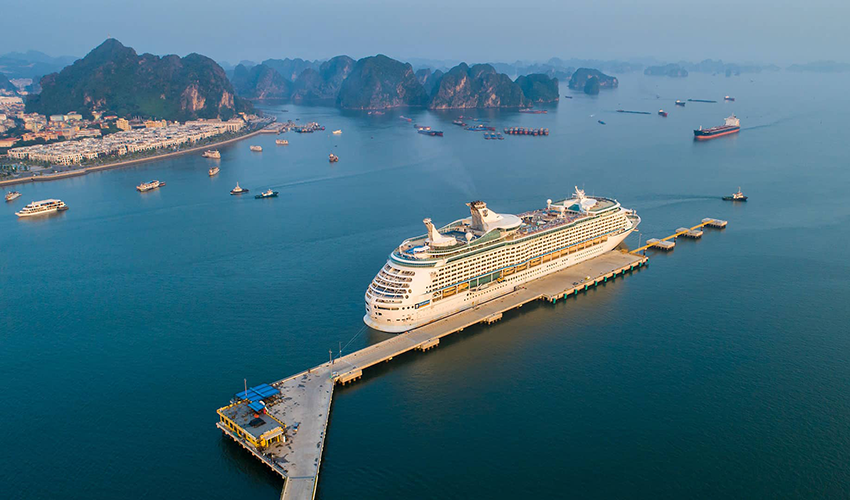
How to Choose the Best Shore Excursion Tour Package: A Practical Guide for Cruise Passengers
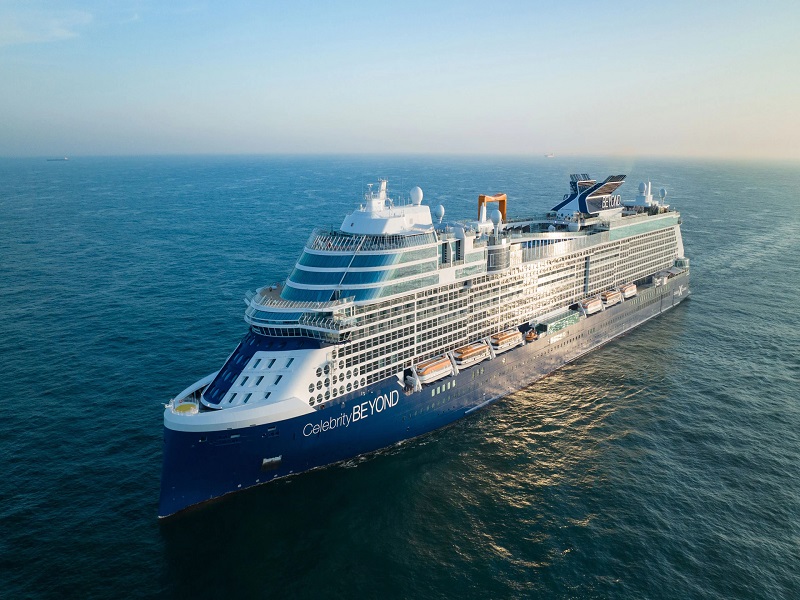
How Not to Be Late for Your Cruise: A Complete Guide for Shore Excursion Travelers in Vietnam & Thailand

Top 10 Most Beautiful Islands in Southeast Asia for Beach Lovers
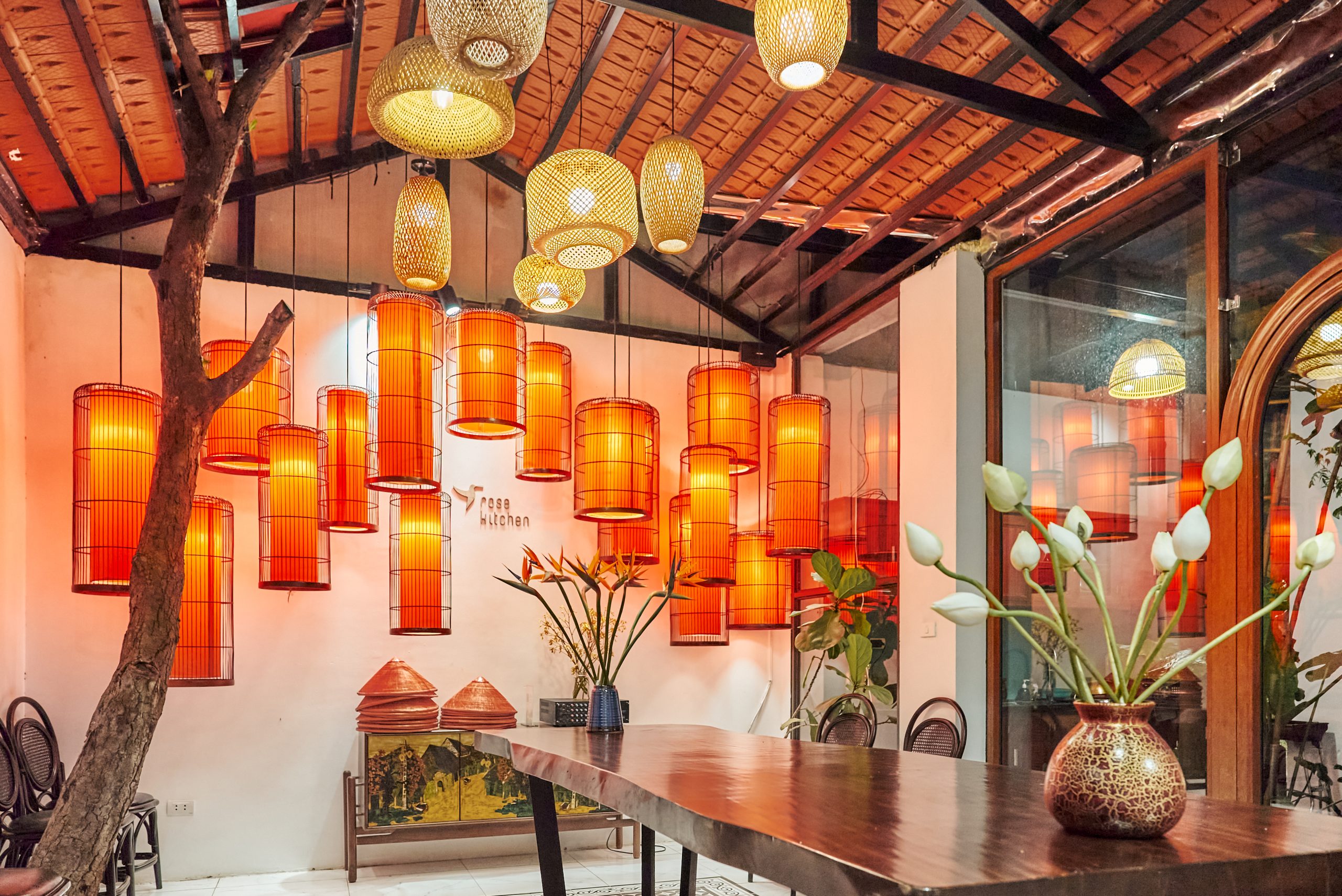
The Rise of Experiential Tourism: Travelers Now Prefer Direct Immersion Over Traditional Sightseeing

Vietnam’s Tourism Surge in 2024: Driving Growth and Innovation in the Post-Recovery Phase

A Culinary Journey Through Thailand: Exploring The Iconic Dishes Of Tom Yum, Pad Thai, And Green Curry
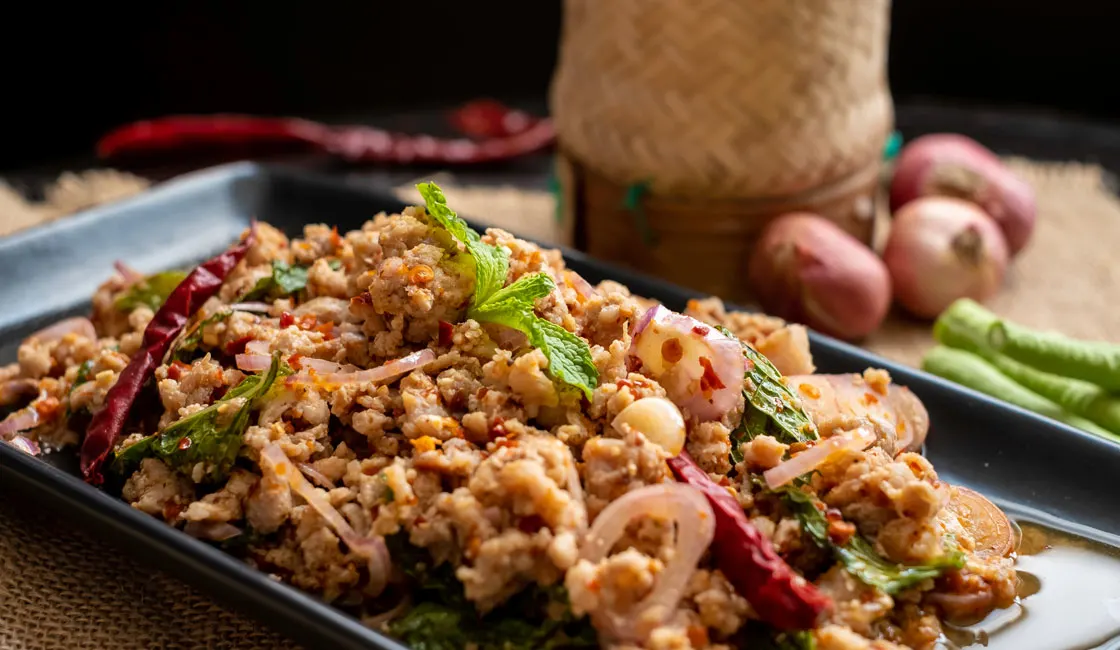
A Culinary Journey Through Laos: Traditional Dishes Larb, Khao Niaw, And Tam Mak Hoong
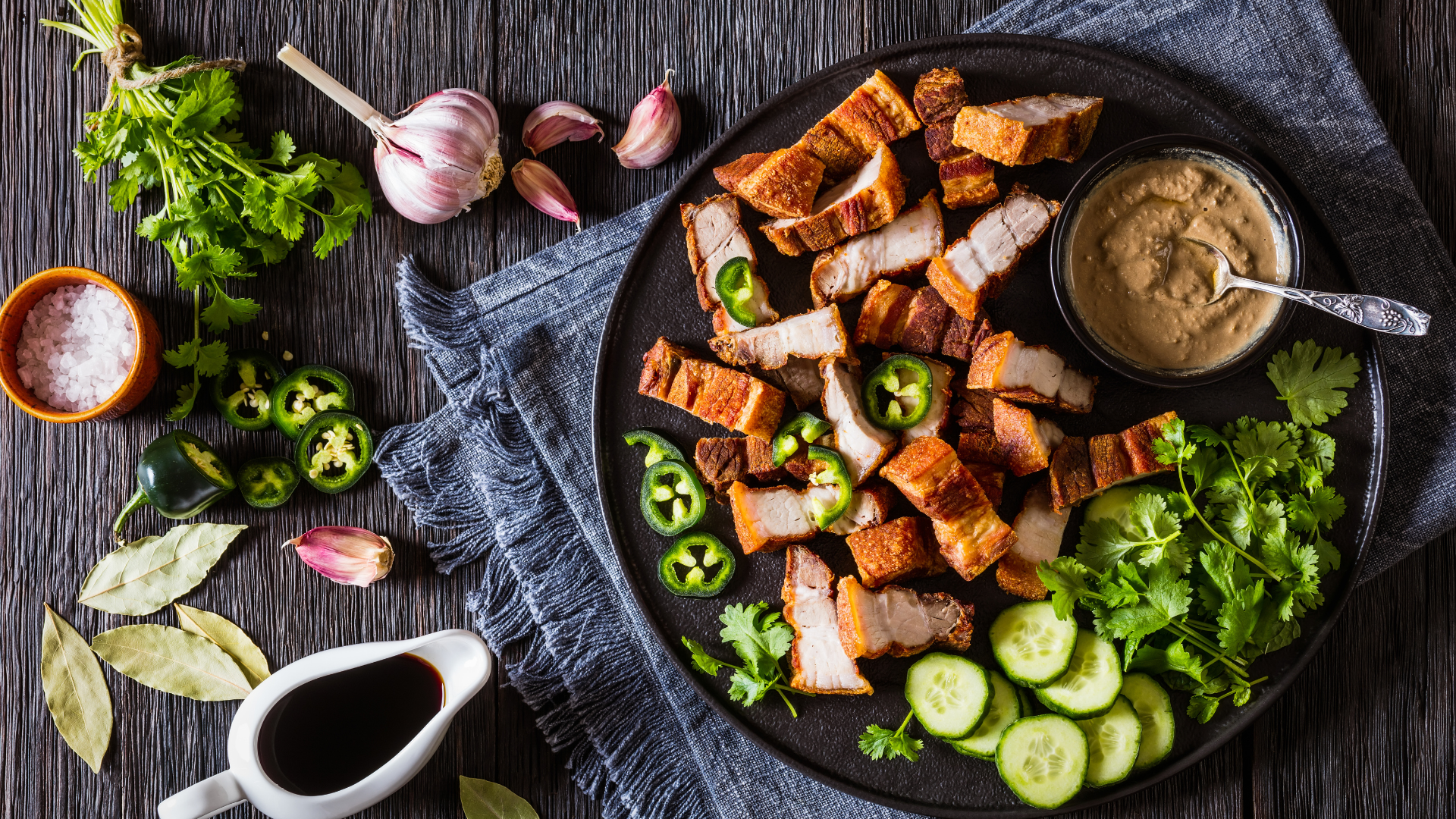
Discovering Cambodia’s Culinary Treasures: Amok, Bai Sach Chrouk, And Samlor Korko
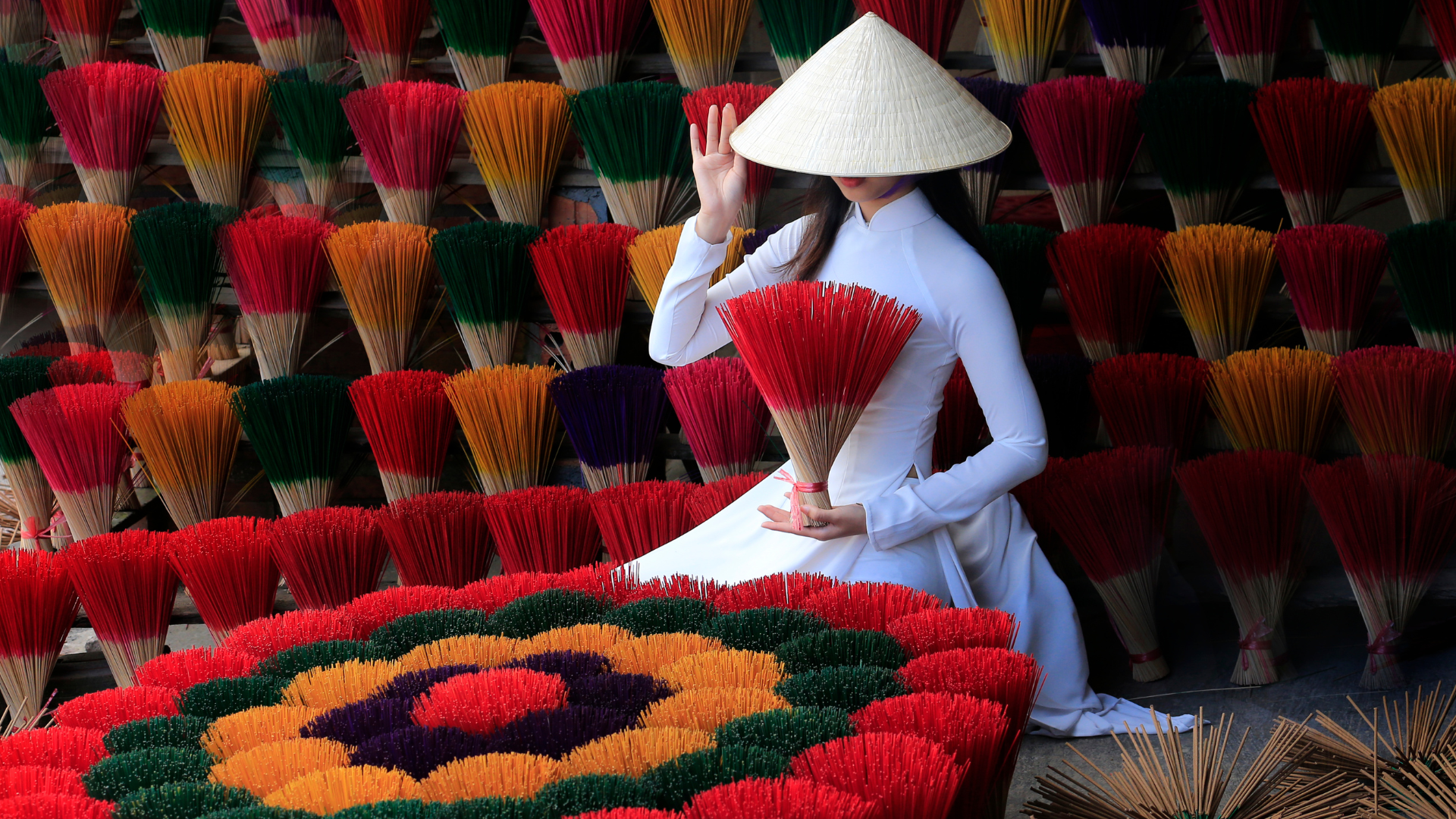
The Timeless Elegance of Áo Dài Việt Nam

Discovering Cambodia’s Culinary Treasures: Amok, Bai Sach Chrouk, And Samlor Korko
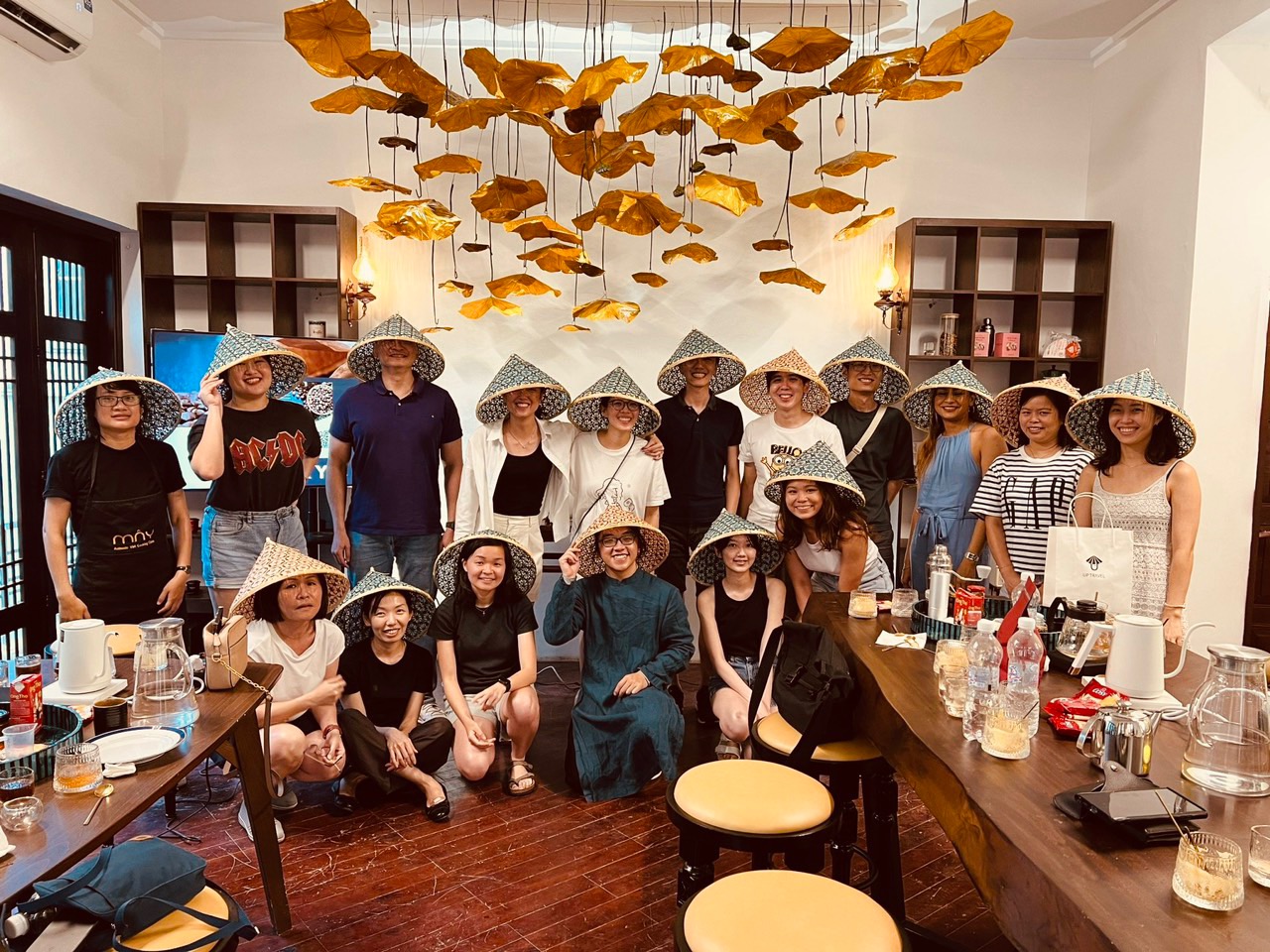
Su Quan Roastery Wins Traveler’s Choice Award 2024: A Journey of Excellence in Coffee Craftsmanship

Festivals in Laos: A Celebration of Culture and Traditions
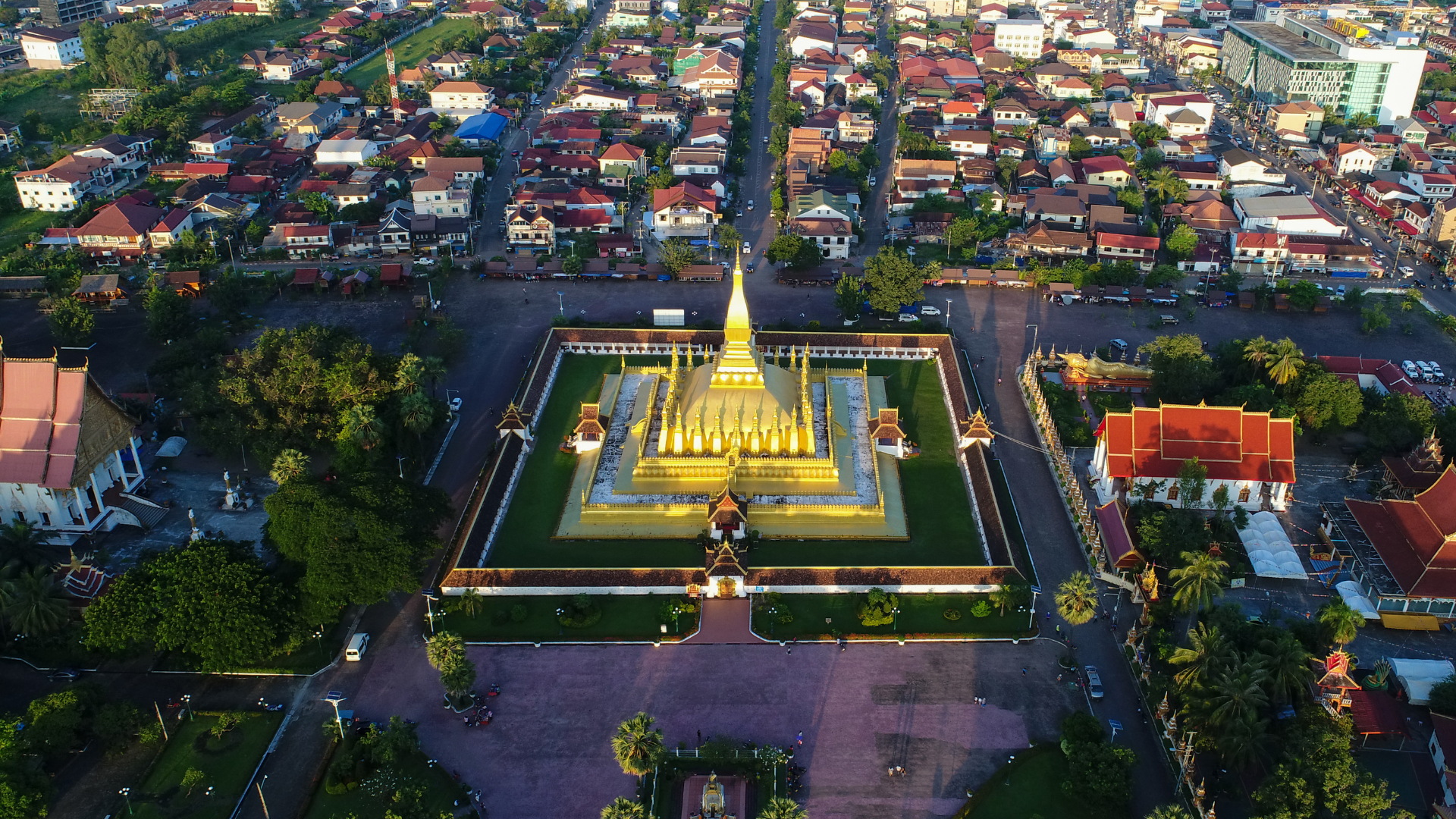
Experience Laos at Its Finest: A Comprehensive Seasonal Travel Guide

A Guide to Transportation in Cambodia: Navigating the Kingdom of Wonder

Seasonal Guide to Cambodia: When to Go for the Best Experience

Exploring Transportation Options in Thailand: Your Ultimate Guide

Visa And Entry Requirements For Traveling Thailand

Best Time To Visit Viet Nam

A Culinary Journey Through Thailand: Exploring The Iconic Dishes Of Tom Yum, Pad Thai, And Green Curry

Discovering Cambodia’s Culinary Treasures: Amok, Bai Sach Chrouk, And Samlor Korko

A Culinary Journey Through Laos: Traditional Dishes Larb, Khao Niaw, And Tam Mak Hoong
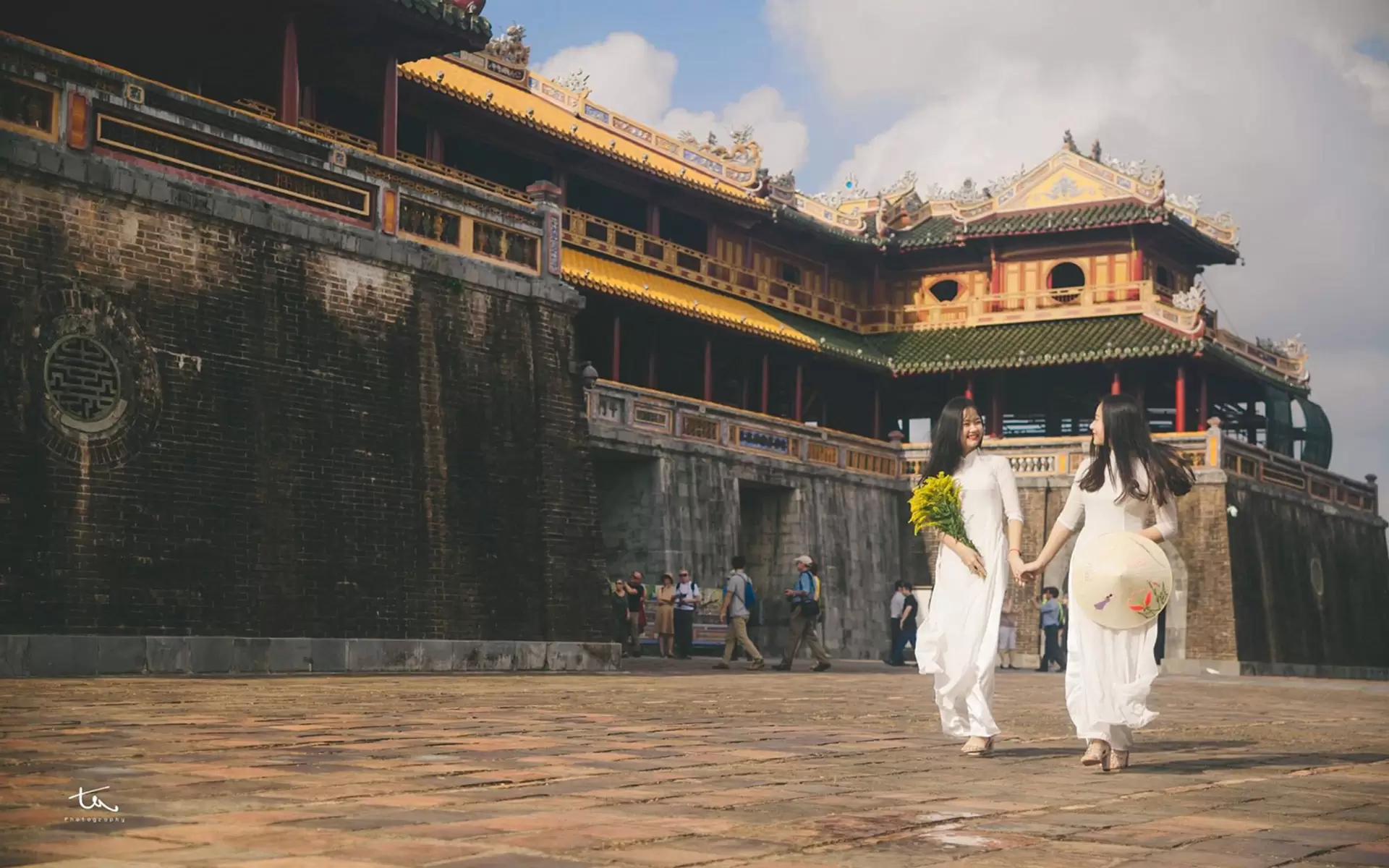
The Timeless Elegance of Áo Dài Việt Nam

Traveling to Thailand: Navigating the Weather and Essential Preparations

Traditional Festivals in Cambodia: A Window into Culture and Spiritual Heritage

Exploring the Weather in Laos: What to Expect and How to Prepare

A Comprehensive Guide to Vietnam’s Weather and Travel Preparation

Exploring the Heart of Laos: A Journey Through Culture, Nature, and Heritage

Unveiling the Hidden Gems of Laos: A Journey Off the Beaten Path

A Guide to Transportation in Cambodia: Navigating the Kingdom of Wonder

Seasonal Guide to Cambodia: When to Go for the Best Experience

Exploring Transportation Options in Thailand: Your Ultimate Guide

Visa And Entry Requirements For Traveling Thailand

Transportation in Vietnam: A Comprehensive Guide

Visa And Entry Requirements For Traveling To Vietnam

Best Time To Visit Viet Nam
Subscribe for Insights
Enjoy updates, inspiration, and travel tips sent right to your inbox

